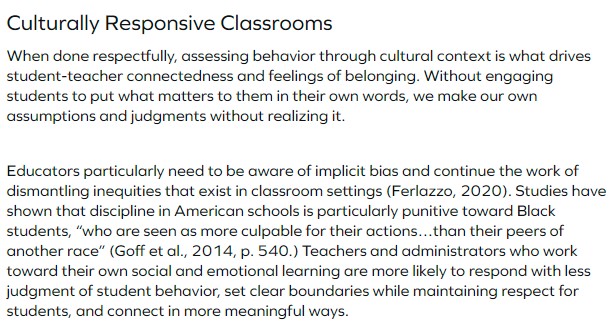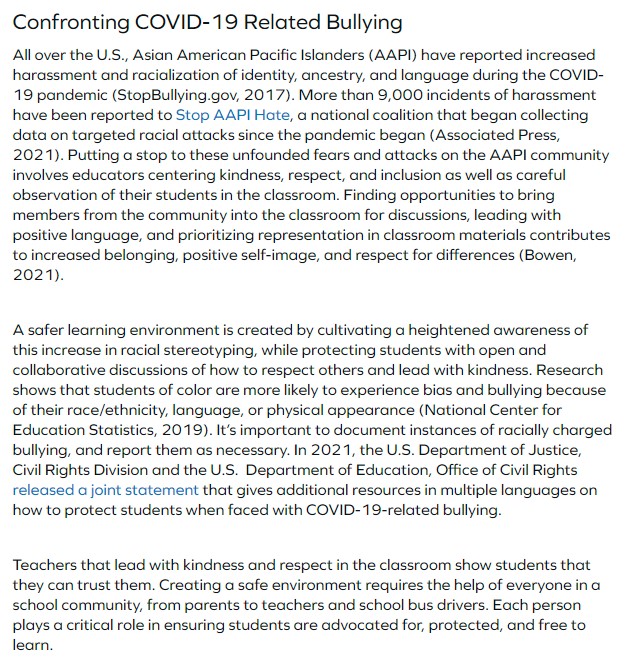
Old Rochester Regional School District pays Fly Five over $368,000 for SEL curriculum without school committee approval
Incidents
- Issues
- Social Emotional Learning
A concerned community member provided PDE with the invoices and contract between the Old Rochester Regional School District and Fly Five. The organization Fly Five is known for providing Social Emotional Learning (SEL) curricula to school districts. The concerned community member explained to PDE that the district’s School Committee did not officially approve the purchase of Fly Five’s curriculum. The invoices from the district show that it paid $368,539.25 for the curriculum. The district’s contract with Fly Five is for five years from June 30, 2023, to June 30, 2028. PDE was further told that the curriculum “has not been implemented yet.”
Fly Five’s website promotes the “identity” of students in the organization’s SEL curriculum. Fly Five states: “Central to Fly Five is a cast of nine characters who, along with their families, represent a wide range of differences in race, ethnicity, nationality, gender, sexual orientation, socioeconomic status, age, physical and/or mental capabilities, and religious beliefs.” The organization states that these characters “grow up within the curriculum, so students meet a developmentally-appropriate version of them in each grade span.”

In an article titled “Representation Across the School Community,” Fly Five promotes “culturally responsive classrooms.” The organization states that “educators particularly need to be aware of implicit bias and continue the work of dismantling inequities that exist in classroom settings.” The term “culturally responsive” is often used to describe a method of teaching that includes the race and ethnicity of students as part of the lessons taught in classrooms.

In another article titled “All People Deserve Respect, Safety, and Equal Opportunity,” Fly Five claims that there has been an “increase in racial stereotyping” and that “students of color are more likely to experience bias and bullying because of their race/ethnicity, language, or physical appearance.”

Fly Five also promotes a document titled “Empathy and Activism.” The organization asks in the document: “How can we as educators foster students who care about and fight for human rights? What SEL tools are at our disposal to instill in our students a consciousness about and sense of urgency for eradicating discrimination, oppression, and human rights violations?” The organization then outright states that the goal of its SEL curriculum is to turn young children into activists:
The core of discrimination is a fear of difference and an impairment of empathy, and it is empathy rather than reason that allows us to perceive other human beings as equal (Schultz, 2013). Thus, empathy can be a driving force for activism. Empathy is a precondition for the motivation to acknowledge and respect human rights (von Harbou, 2013), suggesting that the earlier we begin explicitly fostering empathy the stronger the foundation for developing students who strive to bridge divides, celebrate differences, and fight for equal rights in our society.
Fly Five then explains in the document that “as we generate empathic abilities in our students and create a culture of inclusion in our classrooms, we can also instill in students an activist mindset rooted in empathy.” The organization further explains that “we can show students that it is not enough to appreciate differences and feel with another person, but we must all take active steps toward ameliorating discrimination and oppression.”
As an example of using activism to teach, Fly Five mentions what the organization calls a “social justice educator.” Fly Five mentions how in a TEDTalk, a “social justice educator” professor “highlights the subtle racism in our standards for being considered ‘well-spoken’ and valuing one English dialect over another.”
In another document titled “Social Responsibility and Representation,” Fly Five states that educators should teach students how to “act for the benefit of society as a whole.” The organization explains:
In our increasingly interconnected world, it is important for schools to implement socially responsible best practices and teach socially responsible concepts. Social responsibility refers to an ethical framework in which individuals and organizations have an obligation to act for the benefit of society as a whole (Wittmann, 2018). When one behaves in a socially responsible way, they deliberately make choices that contribute to the welfare of society overall and abstain from behaving unethically (Planken, 2013).
Fly Five then states that “one way to foster social responsibility in students, as well as fulfill a socially responsible mission, is to prioritize diversity, equity, and inclusion in the classroom.” The organization further states that “in nurturing a mindset that envisions each one of us as part of a greater whole, students improve their ability to show up as socially conscious, responsible individuals.”
Fly Five also has a document titled “The Top Funds to Purchase SEL Curriculum” that explains school districts can hire Fly Five using funding that they received from ESSER funds created by the federal government’s COVID-19 relief bills that were passed. The document states:
Local Education Agencies (LEAs) may use ESSER funds to purchase Fly Five curriculum to provide principals and other school leaders with the resources necessary to address the needs of their individual schools. This includes creating or expanding mental, behavioral, and social-emotional supports to address the needs of students and their families.
Stay Informed
